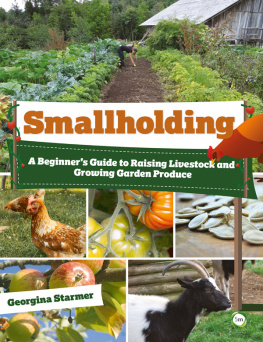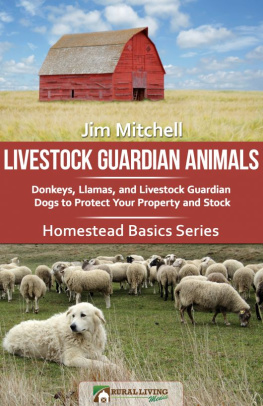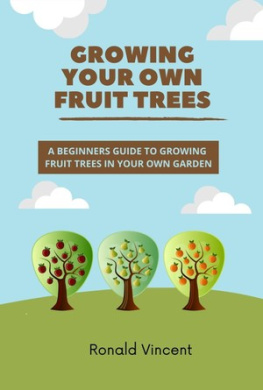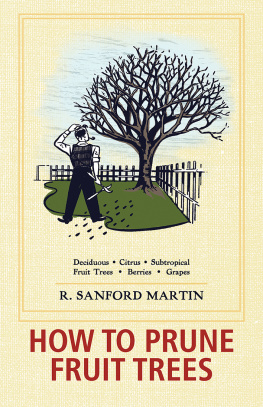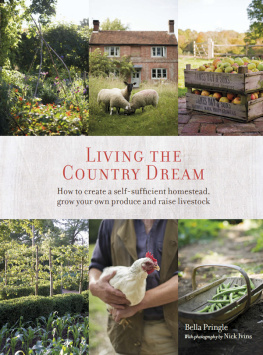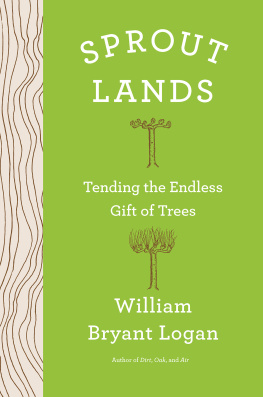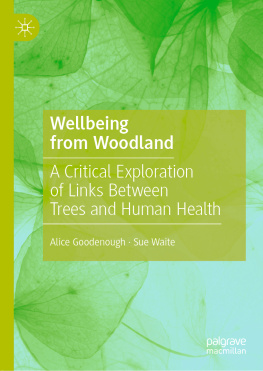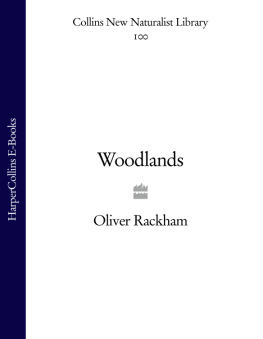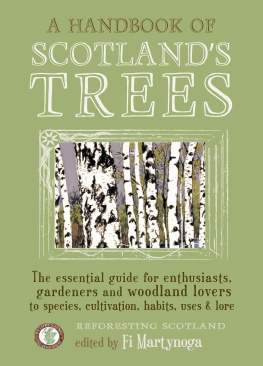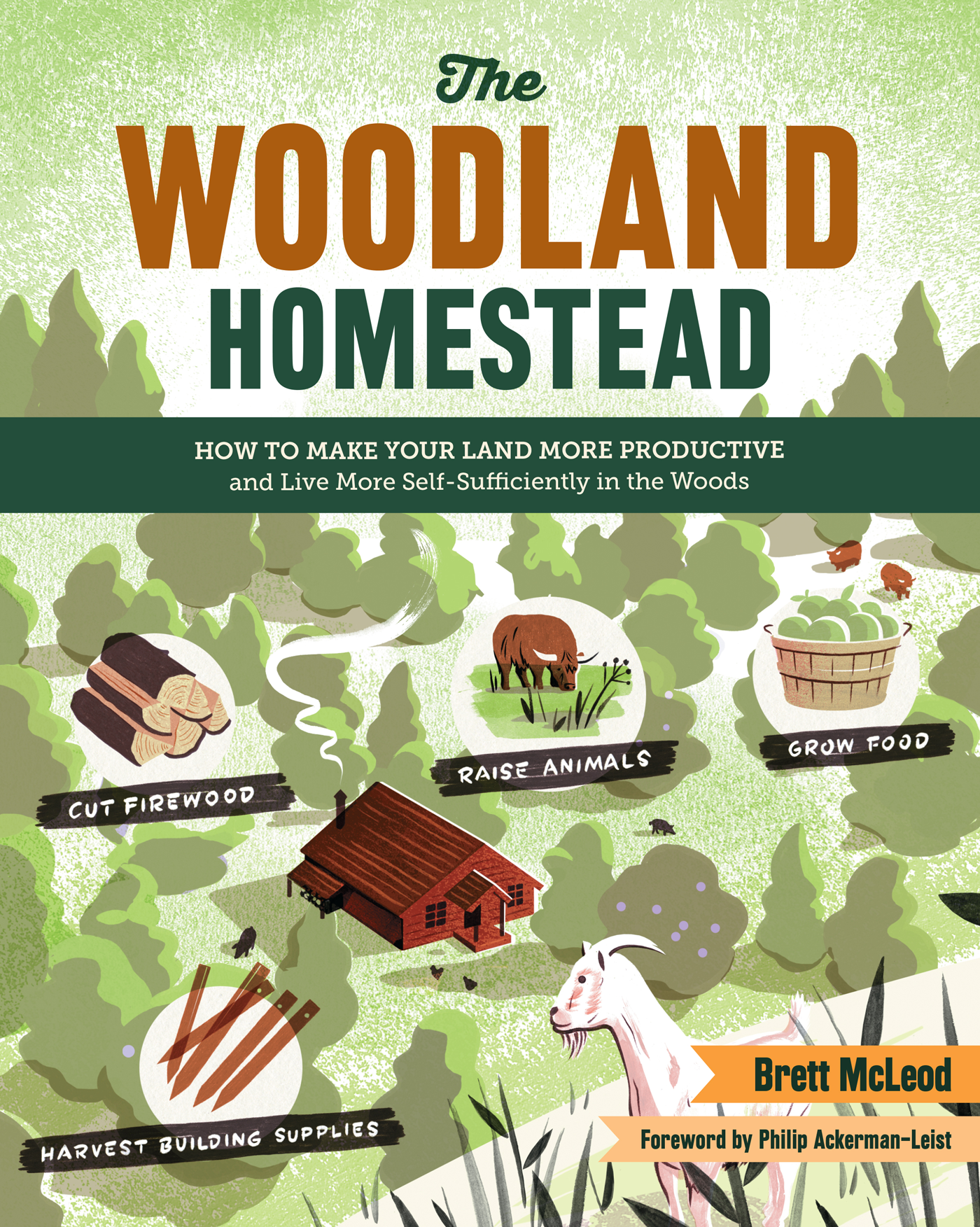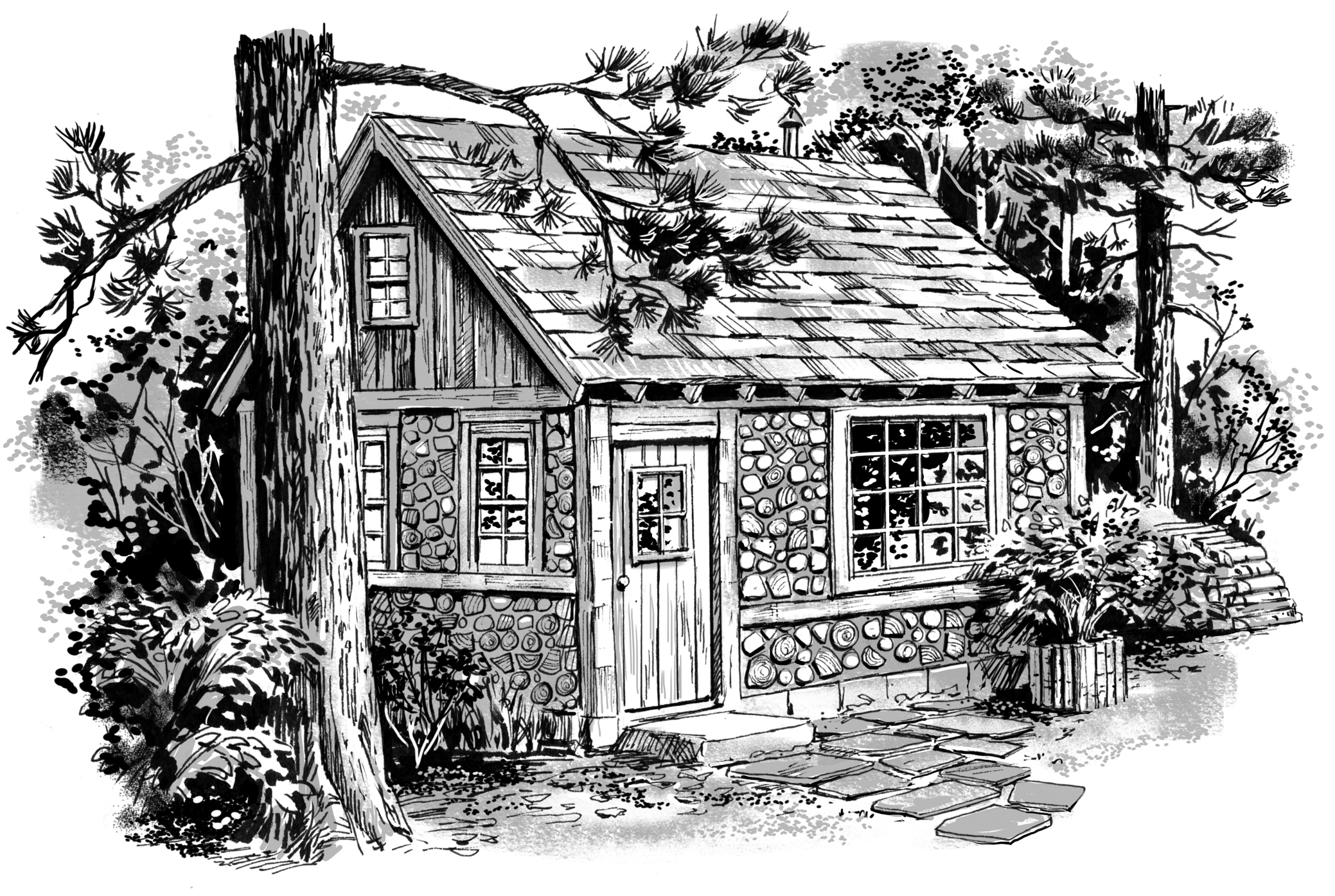Acknowledgments
While The Woodland Homestead is about my 25-acre freehold in the Adirondacks of northern New York, it is also something more: its a collection of ideas, techniques, and experiments in self-sufficiency that have come from others trying to carve out a better, more rooted life in this admittedly inhospitable region. Among those to whom Im most indebted are my closest neighbors: Ralph, Mike, Elaine, Tom, Rose, Dan, Sara, and Joe. Im also grateful to the local Amish community in Burke, New York, which has enthusiastically shared its traditional way of life and routinely makes a point of demonstrating the virtues of horsepower over machine power. Id also like to thank my students and colleagues at Paul Smiths College for excusing me when I arrived late to class on horseback and for continuing to act excited when I bring them armloads of stump-grown squash from my forest garden. Two former students, Billy and Marin, deserve special thanks for their feedback on this book; they will no doubt both be fabulous woodland homesteaders someday. Id also like to thank Alesia, Joy, and Tatiana for encouraging me to pursue this book in parallel with my dissertation work at Antioch University New England. Throughout the book youll also find a number of profiles of innovative homesteaders; thanks to all of them for sharing their expertise.
Writing a book is an exercise in both faith and endurance. Id like to thank writer, homesteader, and friend Jenna Woginrich for telling me, Of course you need to write a book. Thats faith. Id also like to thank my editor, Carleen Madigan, for her solid vision, good wit, and sage advice. Finally, Id like to thank all my family and friends who tolerated me while I worked on this book. You are all saints.
To my parents, Bill and Patty, who gave me my first axe at age five, and my first chainsaw at eleven.
Who would have known?
Contents
Foreword
If youve ever been out cruising a timber stand with a forester, chances are youve encountered a wedge prism: a small beveled piece of glass that the forester holds at arms length and looks through to determine which trees are to be tallied and which ones are out. (Brett gives you the homesteaders version of this expensive device, made out of a penny, within the first ten pages of this book. So by the time you buy the book, youve already saved money!)
Well-versed in such professional prescriptive assessments of a forested parcel, Brett McLeod nonetheless opts to trade in the wedge prism for a viewing glass that is kaleidoscopic in nature. When you start reading The Woodland Homestead, Brett will have you looking in multiple directions all at once: forward, backward, up, down, winter, summer. Your woodlot will become an endless and evolving source of projects and products. Youll learn how to think about your woodland not only as an ecosystem but also as an ecology of possibilities.
Homesteaders like myself have too often thought of the homestead as a requisite clearing in the woods. In fact, a retrospective of Western and particularly American history begins to look like a history of clearings, paving the way (quite literally now) for civilization. I would argue that we need more gems like The Woodland Homestead to remind us of the pathways back to a more deeply cultured future, one that understands the forces of nature as allies and not perpetual antagonists, one that appreciates the shadows as much as the sunlight.
Crafting ones place in this world is a nearly a lost art, and Bretts sage advice on how to bring an axe back to life is as much a metaphorical statement as it is a practical guide. To bring back the axe is to rekindle the warm satisfaction of well-honed skills (even if you are personally a bit rusty) to opt on occasion for restoration in lieu of simply buying into a manufactured existence.
Coppicing, living barns, silvopasture, the forest as larder and pharmacy... its all here. What follows are pages upon pages of the wisdom of a master someone who has set out to master not the forest but rather the skills needed to live as part of a thriving ecosystem that produces far more value than stumpage. Indeed, we live in an age of stumps, but this book challenges the notion that a forests value is best measured when the trees are all horizontal.
You may not be able to judge a book by its cover, but you can darn well measure an author by his or her home. The first time I entered Bretts home deep in the Adirondacks, I walked into an artisans homage to the landscape and the traditions surrounding him. Bretts home is as much of the woods as it is in the woods. May you be as inspired by his book as I am by his homestead, his wisdom, and his wit.
Philip Ackerman-Leist
author of Up Tunket Road: The Education of a Modern Homesteader and Rebuilding the Foodshed: How to Create Local, Sustainable, and Secure Food Systems
Preface
Why anyone chooses to homestead remains a mystery to many, especially my mother. Why would a person choose to give up the comforts of modern living and consciously return to a point in time when life was tougher, grittier, and less forgiving? Ive wrestled with this question myself; it seems even more valid when youre chasing hogs down the highway or building a log cabin with an axe because thats what Granddad did. However, long after the blisters have turned to calluses and the neighbors have been paid off with eggs for the hogs rooting up their yards, Im left with a simple conclusion: its just a better way to live.
This conclusion isnt entirely my own. Ive had the pleasure of integrating homesteading and my particular flavor of it woodland homesteading into my work as a professor of forestry and natural resources at Paul Smiths College, and as a doctoral student at Antioch University New England. The lessons that come out of this book represent not just my own trials and tribulations but also ideas from over a dozen woodland homesteaders who have chosen to live, work, and play in places that most would write off as too wild or not farmable. The result is a collection of ideas and techniques from the most innovative and resourceful folks youve ever met people who see an impenetrable clump of trees as low-cost animal housing, or a high-graded stand of timber as a community woodshed. This ability to develop perspective, see opportunity where others do not, and then offer ingenious and innovative solutions is the mark of a woodland homesteader.
Realizing your dream of a woodland homestead is tough work, requiring both sweat and patience. The productivity of your woodland can be highly variable and will be dependent on climate, soils, and how the land was used by previous owners. What this book offers is a new lens for taking stock of your woodland, with the goal of unlocking its untapped potential. This perspective minimizes commercial production of forest products and instead focuses on maximizing utility for you, the woodland homesteader. By combining new perspectives with old ideas, were likely to reveal homesteadings most fundamental lesson, eloquently summarized by Wendell Berry: When going back makes sense, youre going ahead.
Chapter 1


